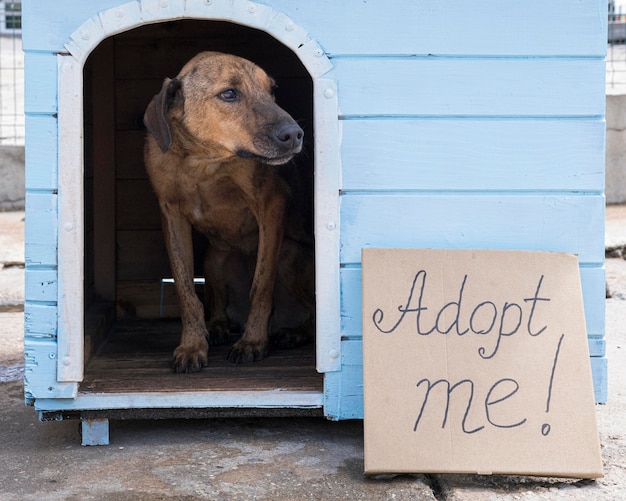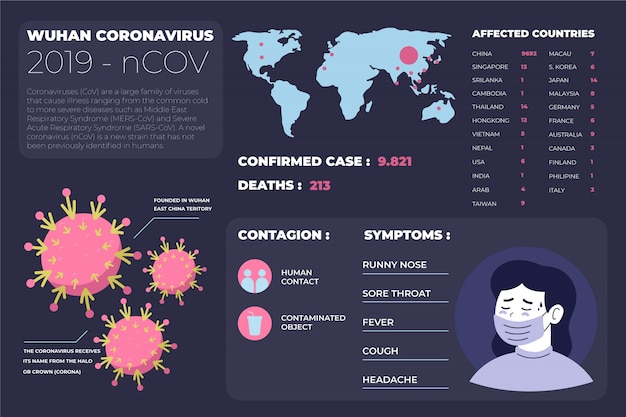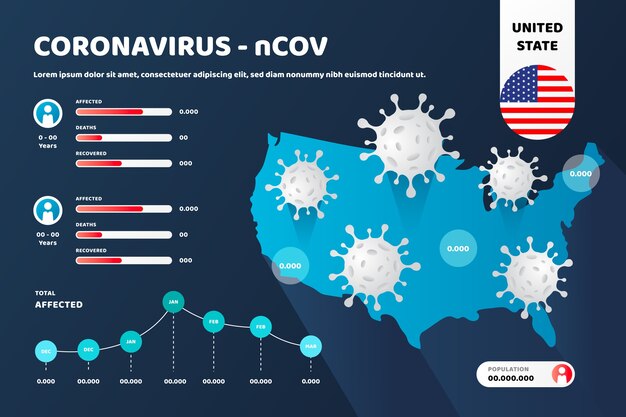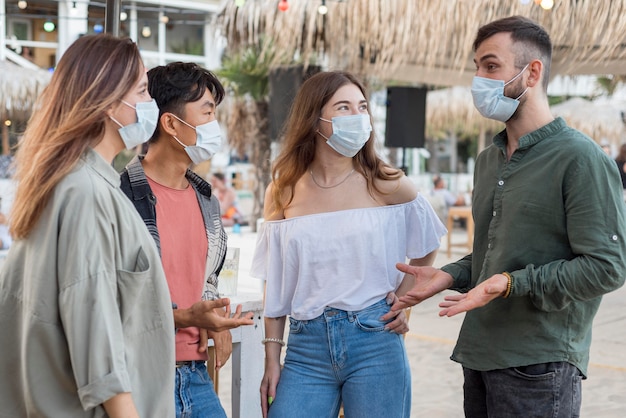A new wave of infections is spreading across several states—here’s what you need to know about the latest surge and how to stay safe.
Earlier this week, a headline caught the attention of many Americans: "COVID-19 Is Surging Again — And These Regions Are Facing The Sharpest Spikes." The message was clear—despite widespread vaccination and prior waves, the virus is resurging, particularly in the western and south central regions of the United States.
States like Texas, California, Oregon, Nevada, and New Mexico are reporting significant increases in cases, hospitalizations, and, in some areas, strain on healthcare systems. While the overall national picture remains stable compared to previous peaks, localized surges are raising concerns among public health officials.
The latest data indicates that the most pronounced increases in COVID-19 cases are concentrated in the western and south central U.S. Key states include:
While the Northeast and Midwest have remained relatively stable, public health experts warn that regional spikes can quickly evolve into broader national trends if preventive measures are relaxed too soon.
Several factors are contributing to the current surge:
As temperatures drop, especially in mountainous and northern parts of the affected regions, people are spending more time indoors. Poor ventilation and close contact in homes, schools, and workplaces create ideal conditions for viral transmission.
Immunity from prior infection or vaccination diminishes over time. Many individuals have not received the most recent updated booster, leaving them more vulnerable to new variants.
While no single highly dominant variant has been identified, ongoing viral evolution continues to produce subvariants with increased transmissibility or immune escape properties. Surveillance systems are tracking several JN.1 lineage descendants, which are under close watch by the CDC.
With fewer people testing at home and not reporting results, official case counts may underrepresent true infection levels. Wastewater monitoring has become a critical tool in identifying trends, often revealing surges before they appear in clinical data.
Public health agencies in affected states are urging vigilance but stopping short of reinstating mandates. Recommendations include:
Despite the challenges, individuals can take practical steps to reduce risk:
Get Boosted: If it’s been more than six months since your last dose—or you’re in a high-risk category—consult your healthcare provider about the latest booster.
Use High-Quality Masks: N95, KN95, or KF94 masks offer strong protection in high-risk settings like public transit or healthcare facilities.
Monitor Local Data: Check your county’s CDC Community Level or local health department updates to understand current risk.
Support Sick Individuals: Encourage those who are ill to isolate and seek medical advice if symptoms worsen.
While the current surge is not yet at the levels seen during previous pandemic peaks, it serves as a reminder that SARS-CoV-2 remains a public health concern. Ongoing surveillance, equitable access to vaccines, and individual responsibility are key to managing future waves.
As winter progresses, staying informed and prepared will help communities navigate this phase of the pandemic with resilience and care.

Health

Health

Health

Health

Health

Health

Health

Health

Health

Health

Health

Health

Health

Fitness

Health

Health